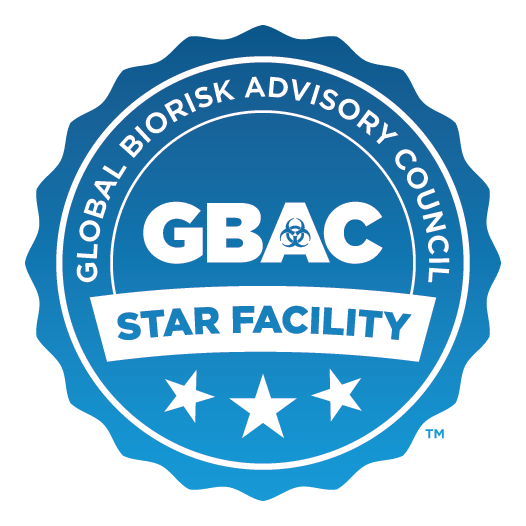ENVIRONMENTAL COMMITMENT
In our 95 years of service to Virginia’s Capital Region, Richmond International Airport (RIC) has been a leader in environmental stewardship. In fact, our commitment to a sustainable future is embedded into everything we do, inside and outside our world-class facilities.
Committed to Being an Environmentally Responsible Partner
With the wide array of projects over the past few years, RIC has incorporated sustainability practices into its daily operations and mission, to the point where it has become part of the Airport’s DNA
“RIC is committed to conserving resources and being an environmentally responsible partner to the community we serve,” said Perry J. Miller, A.A.E., I.A.P., president and CEO of the Airport Commission. “The Airport, certified as a Virginia Green Travel Partner since 2015, continually reviews operations for innovative approaches to sustainability and efficiency.”
Our staff is committed to collaborative, innovative environmental practices, with the health and safety of RIC passengers, employees, and tenants paramount to this focus. Here are some of the many ways we are actively engaged in environmental stewardship:
![]() In its day-to-day operations, RIC encourages pursuit of leading sustainability practices, with an all-hands-on-deck approach to new insights and inventiveness. This includes the implementation of water bottle refilling stations in Concourse A and B, offering an alternative to plastic water bottles. And don’t forget to check out our built-in water bottle counter for real-time tracking of plastic saved as a result of making these stations readily available. Since its debut in 2020, the stations have eliminated the use of more than 500,000 disposable plastic bottles.
In its day-to-day operations, RIC encourages pursuit of leading sustainability practices, with an all-hands-on-deck approach to new insights and inventiveness. This includes the implementation of water bottle refilling stations in Concourse A and B, offering an alternative to plastic water bottles. And don’t forget to check out our built-in water bottle counter for real-time tracking of plastic saved as a result of making these stations readily available. Since its debut in 2020, the stations have eliminated the use of more than 500,000 disposable plastic bottles.
RIC has continued to make conserving resources a priority in and around the terminal. This includes reductions in HVAC usage during overnight hours, saving about 3,200 kWh/day or enough energy to power 106 average homes.
Additional RIC initiatives include:
- Energy-efficient white thermoplastic polyolefin (TPO) membrane roofing to reflect heat and to cool roofs.
- Upgrading window and exterior glass elements where practical. RIC has recently installed, and plans to replace nearly 40-year-old glazing, with insulated glazing panels utilizing a low-e coating. The net effect here is reduced heat gain and lower energy use. Additionally, another consideration is the sustainability efforts of manufacturers, emphasizing those that incorporate best practices (such as lower energy consumption during the glass manufacturing process, reusing/recycling of glass products, sourcing products to make the glazing regionally, and taking a sustainable approach to shipment) into the production and delivery processes of the glazing.
- Installing photocells to more efficiently manage outdoor lighting.
- Upgrades to compact florescent lighting in overhead lighting and changing various other significant lighting systems to highly efficient T5, T8, and LED bulbs.
- LED lighting on part of the runways and all taxiways to reduce energy consumption and provide improved lighting and safety conditions on the airfield.
- Installing LED lights throughout the terminal.
- All told, LED conversions already completed (runways, taxiways, airfield signs, rental car garage, terminal phase I, and the first eight gates of Concourse A) save an additional 1,500 kWh/day.
Looking to the future, RIC continues to evaluate new opportunities to reduce its environmental footprint and cut unnecessary costs.


